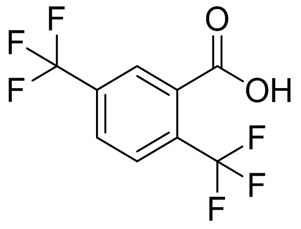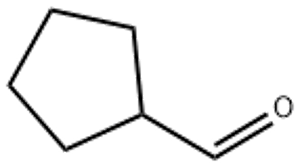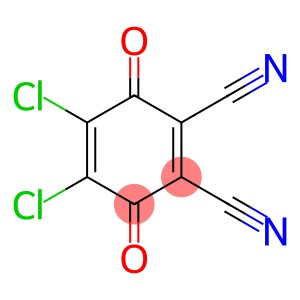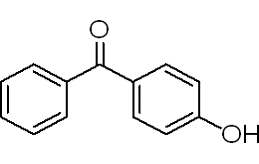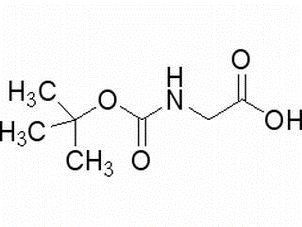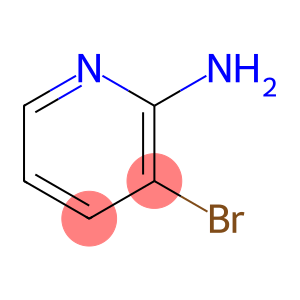2 5-bis(trifluoromethyl)benzoic acid(CAS# 42580-42-7)
| Hazard Symbols | Xi – Irritant |
| Risk Codes | 36/37/38 – Irritating to eyes, respiratory system and skin. |
| Safety Description | S26 – In case of contact with eyes, rinse immediately with plenty of water and seek medical advice. S37/39 – Wear suitable gloves and eye/face protection |
| WGK Germany | 3 |
| HS Code | 29163990 |
| Hazard Class | IRRITANT |
Introduction
2,5-bis(trifluoromethyl)benzoic acid is an organic compound with the chemical formula C9H4F6O2. The following is a description of its nature, use, preparation and safety information:
Nature:
- 2,5-bis(trifluoromethyl)benzoic acid is a colorless to pale yellow crystalline or powdery solid.
-Almost insoluble in water at room temperature, but soluble in organic solvents such as ether and dichloromethane.
-It has a strong corrosive and pungent odor.
Use:
- 2,5-bis(trifluoromethyl)benzoic acid is a commonly used reagent in organic synthesis, which can be used to synthesize compounds such as drugs, dyes and materials.
-It can be used as a catalyst for organic synthesis reactions, such as aromatization reactions and carboxylation reactions.
-In addition, it is also used for the preparation of electronic materials and the surface modification of optical materials.
Preparation Method:
- 2,5-bis(trifluoromethyl)benzoic acid can be synthesized by reacting 2,5-difluoromethylbenzoic acid with a trifluoromethylating reagent (such as trifluoromethyl chloride).
-This reaction is generally carried out under an inert atmosphere and uses a catalyst under acidic or basic conditions.
Safety Information:
- 2,5-bis(trifluoromethyl)benzoic acid is highly corrosive and can cause severe irritation and damage when in contact with skin and eyes.
-Wear appropriate protective equipment such as gloves, goggles and protective clothing during operation.
-This compound should be kept away from fire and oxidizing agents, and placed in a sealed container to prevent contact with air and water.
-Proper chemical laboratory safety practices must be followed during use and storage.


